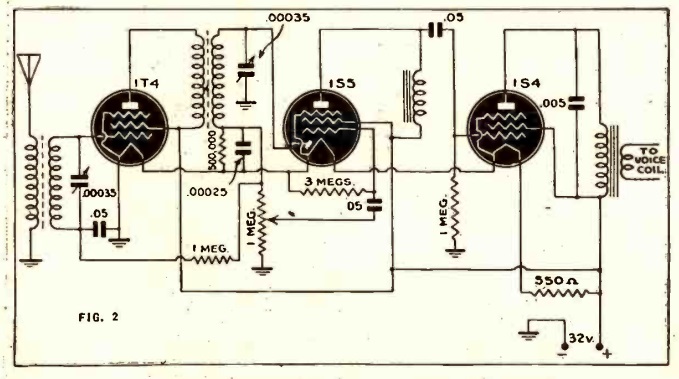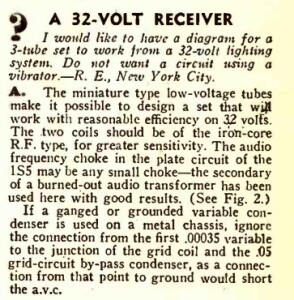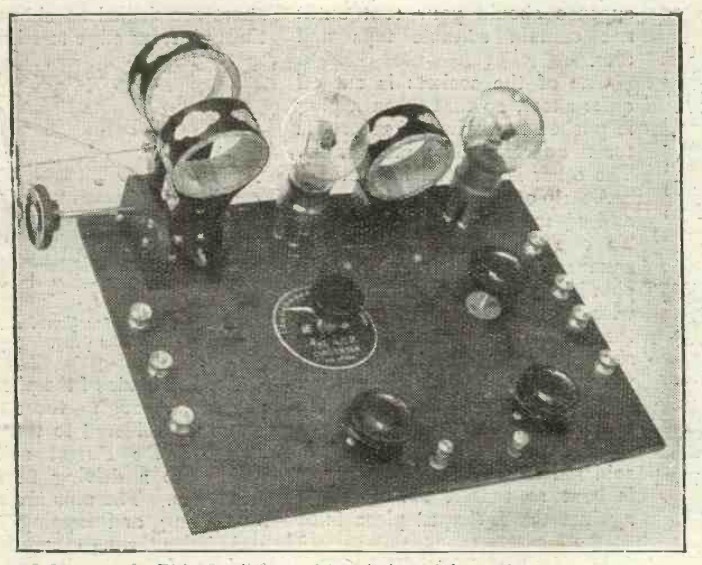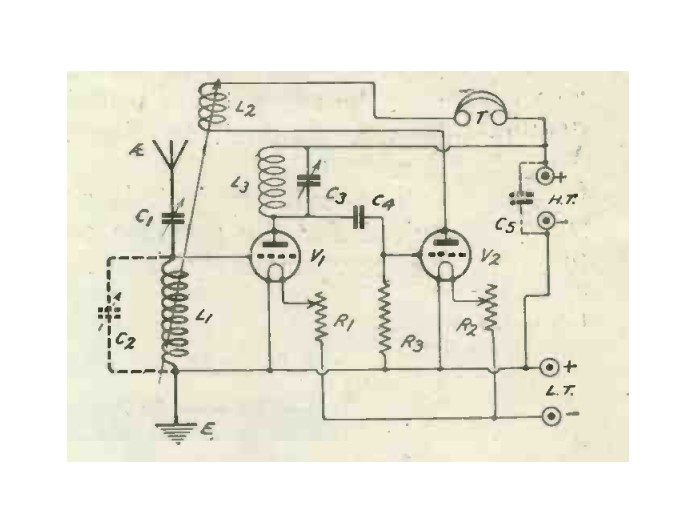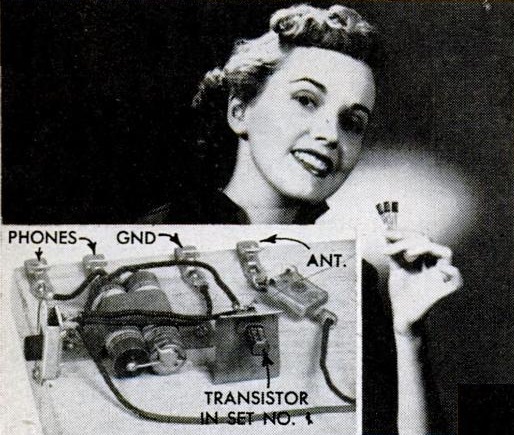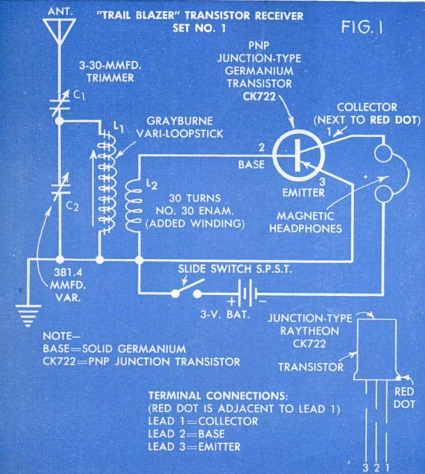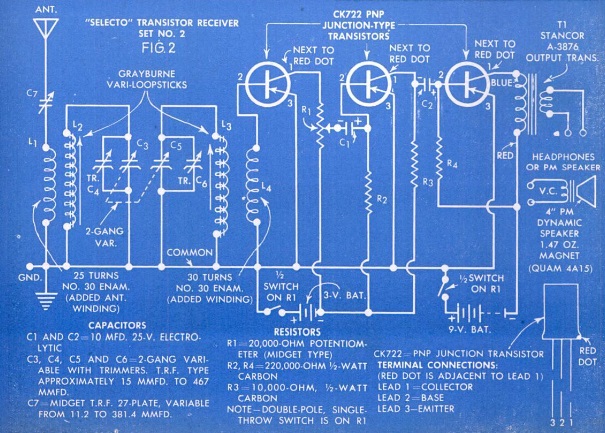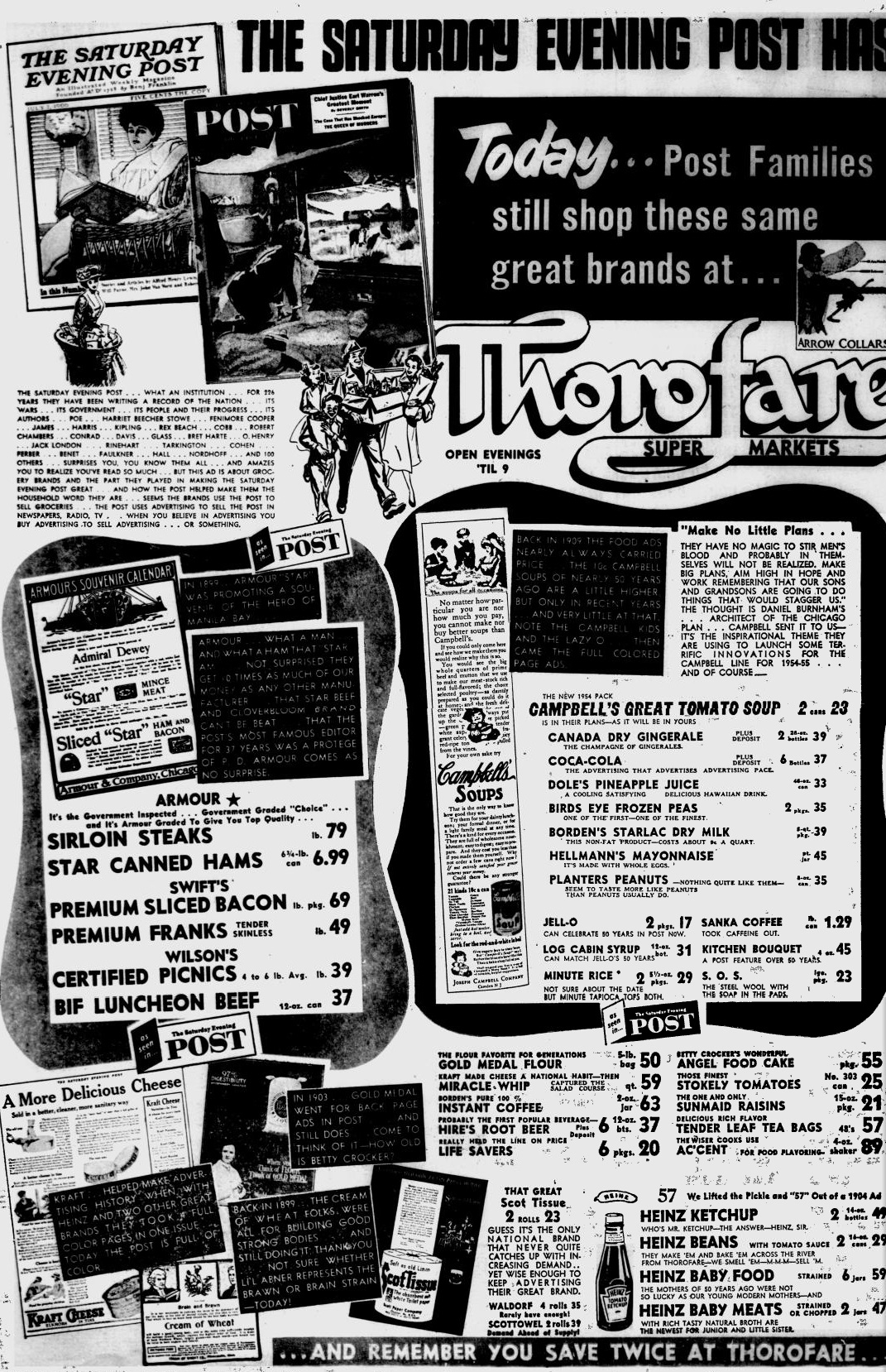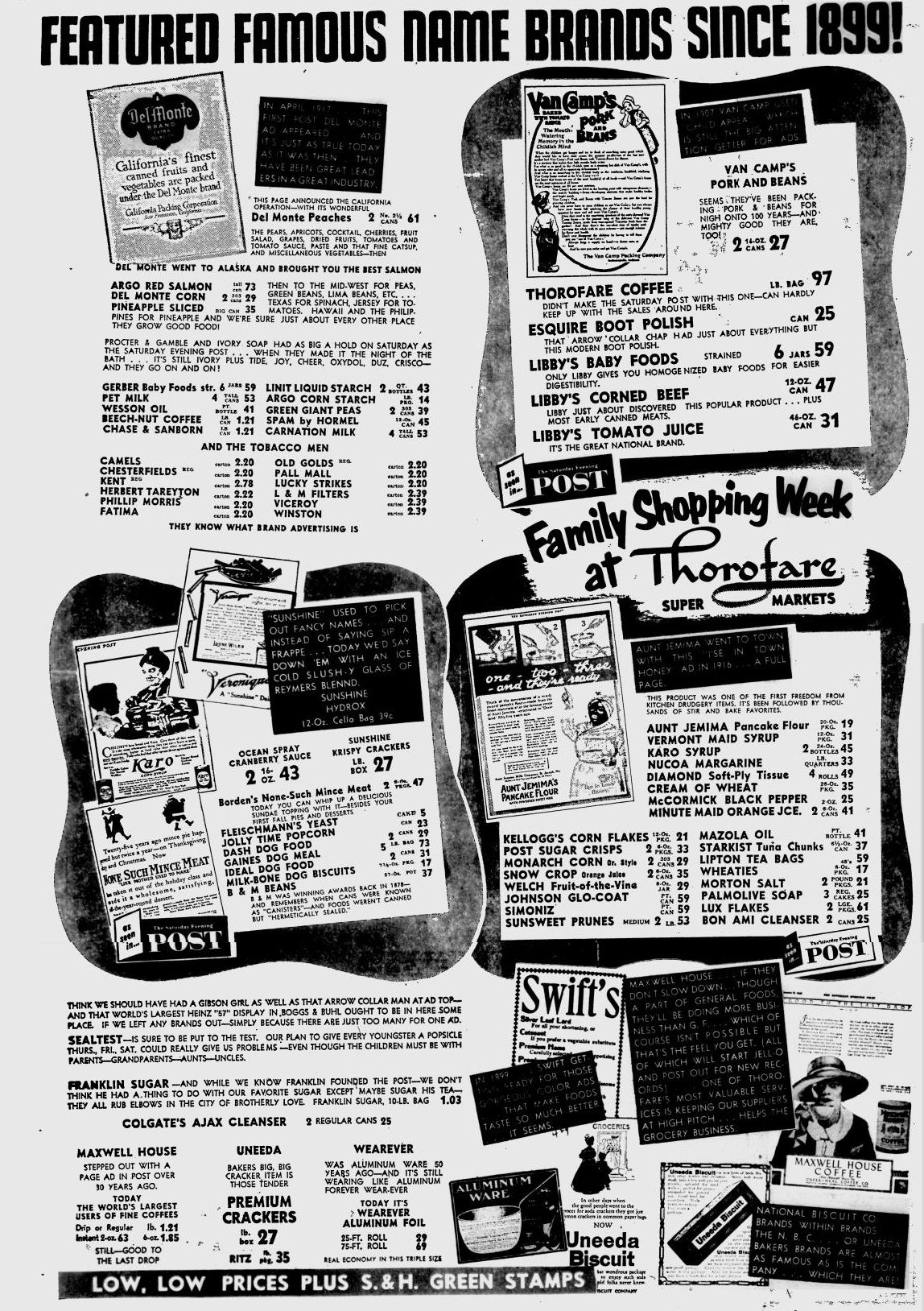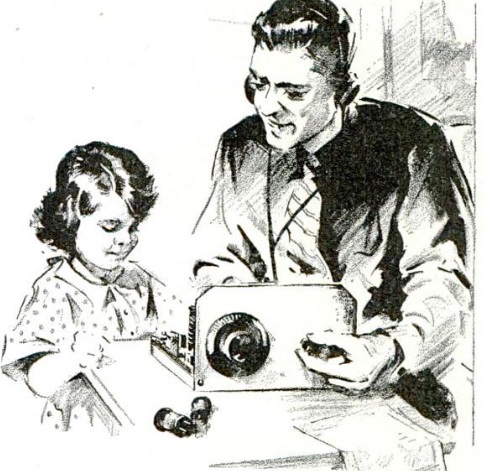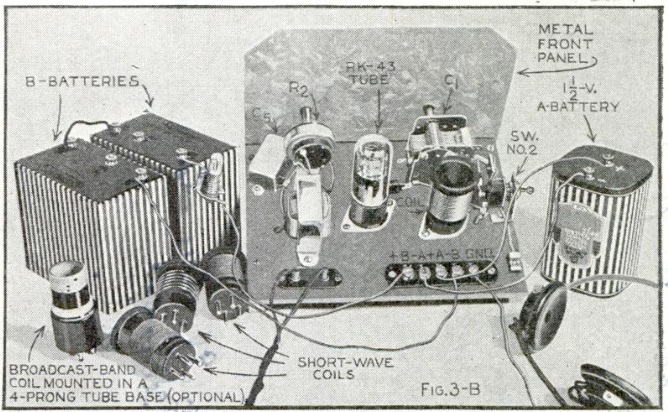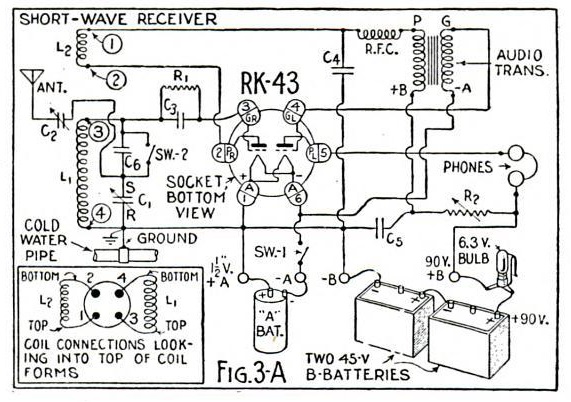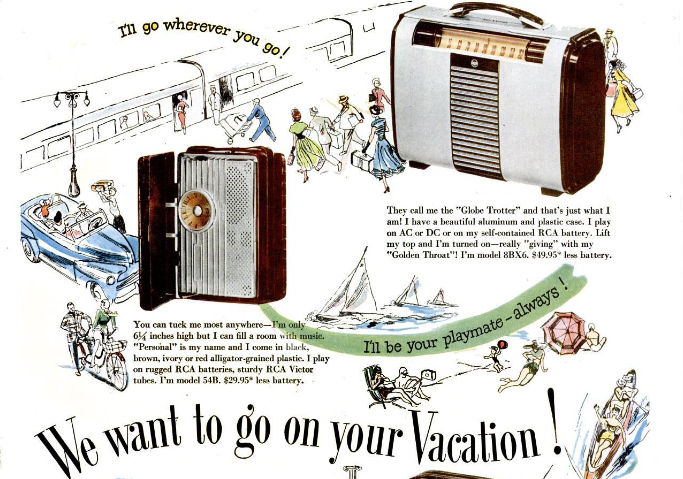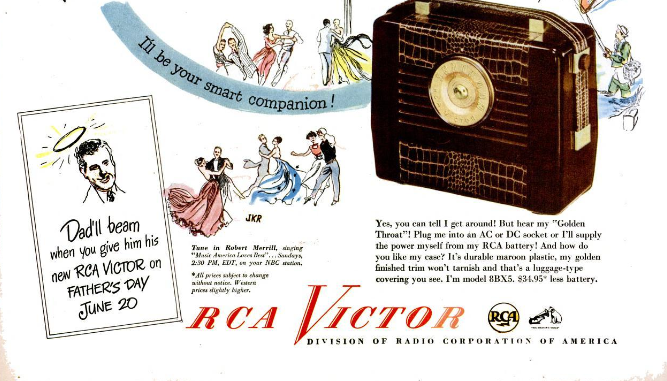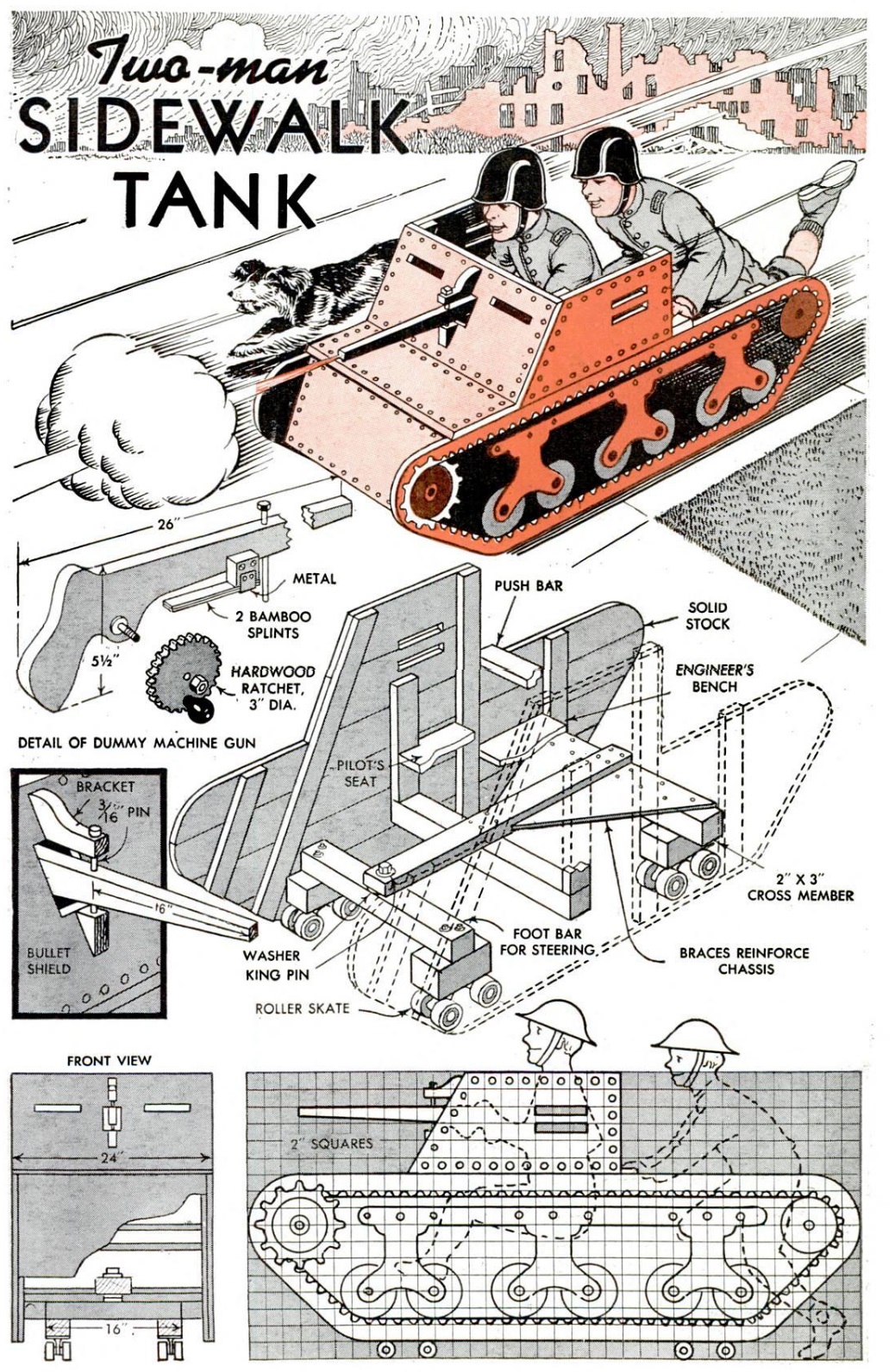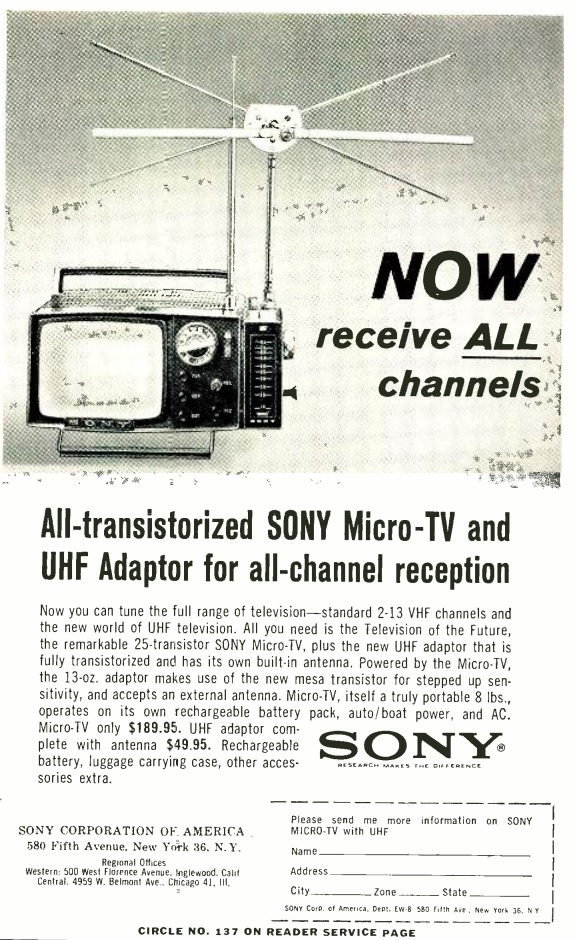 Sixty years ago, if you wanted a small television that you could watch anywhere, it was available, but it wasn’t cheap. Shown here, in the August 1963 issue of Electronics World, is Sony’s ad for its Micro-TV. Weighing in at only 8 pounds, the 25-transistor set could be powered with AC, DC, or an optional rechargeable battery pack.
Sixty years ago, if you wanted a small television that you could watch anywhere, it was available, but it wasn’t cheap. Shown here, in the August 1963 issue of Electronics World, is Sony’s ad for its Micro-TV. Weighing in at only 8 pounds, the 25-transistor set could be powered with AC, DC, or an optional rechargeable battery pack.
The retail price was only $189.95. According to this inflation calculator, that works out to about $1897 in 2023 dollars. If you lived in an area with one of those elusive UHF channels, you weren’t out of luck, because an optional UHF adaptor (and yes, that’s an alternate spelling) was available for only $49.95 extra. The prices weren’t given, but other accessories (such as the rechargeable battery) were available, including a “luggage carrying case.”
I guess I would pay extra for the carrying case. If I was taking my $1897 TV with me on vacation, I’d want it to be well protected in transit.

 These days, you probably don’t need the luggage carrying case. You already have a TV screen in your pocket, and you just need the tuner for it. The the one shown here plugs into your android phone and allows you to watch local TV stations. And it costs a lot less than $1897.00.
These days, you probably don’t need the luggage carrying case. You already have a TV screen in your pocket, and you just need the tuner for it. The the one shown here plugs into your android phone and allows you to watch local TV stations. And it costs a lot less than $1897.00.
Some links on this site are affiliate links, meaning that this site earns a small commission if you make a purchase after following the link.
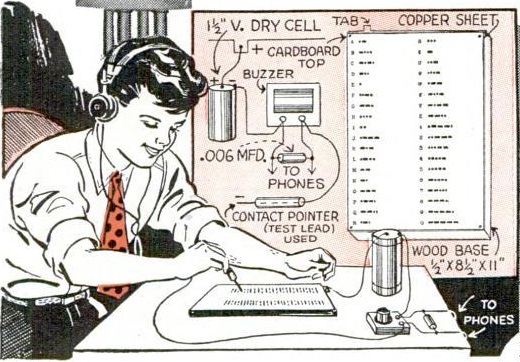 Eighty-five years ago, it was customary to put on a tie before learning Morse code, and this young man honored that custom. He’s practicing with a self-explanatory device shown in the February 1939 issue of Popular Mechanics.
Eighty-five years ago, it was customary to put on a tie before learning Morse code, and this young man honored that custom. He’s practicing with a self-explanatory device shown in the February 1939 issue of Popular Mechanics.
